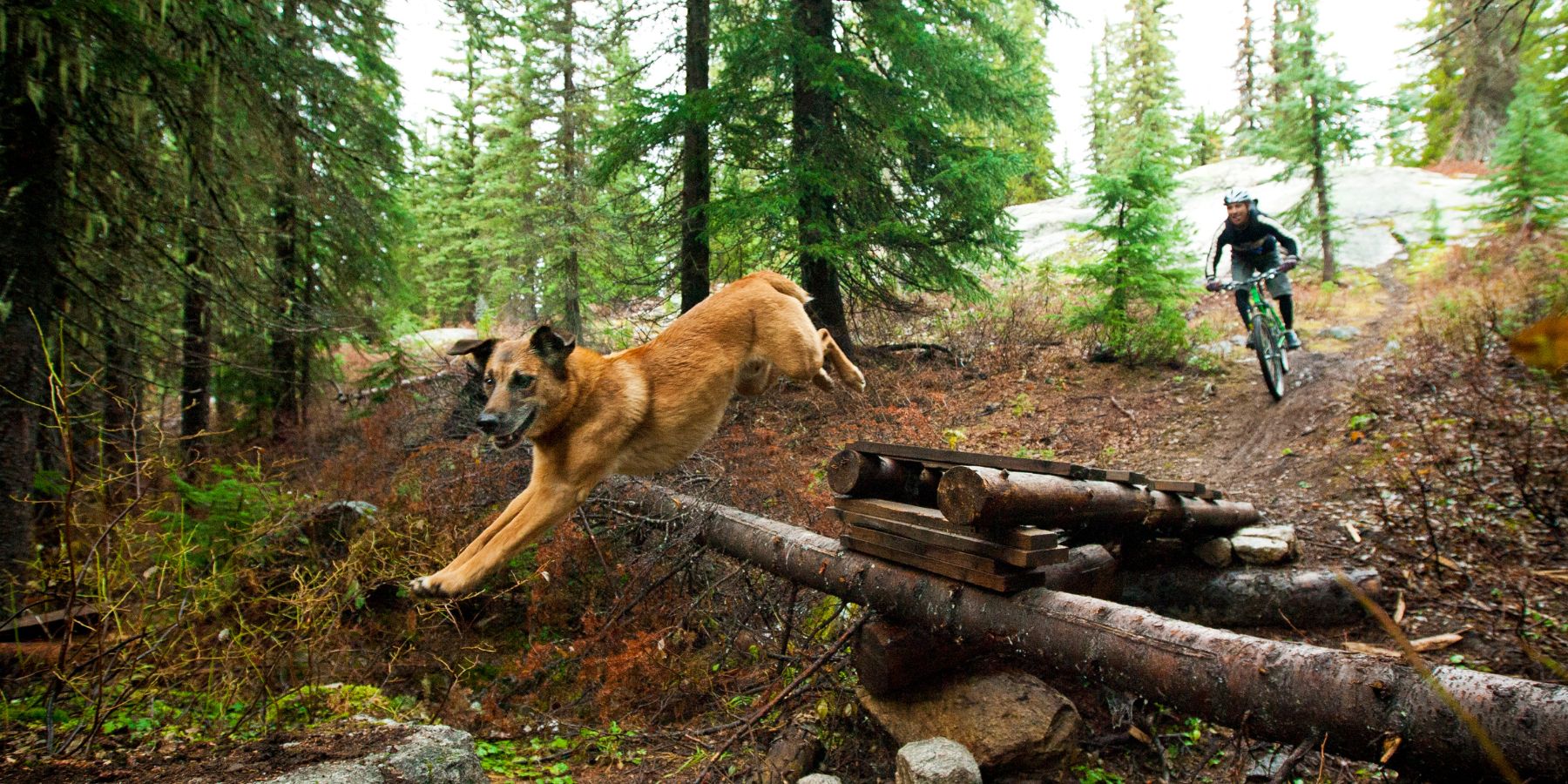Embarking on a bikejoring adventure with your furry companion opens up a world of excitement and outdoor exploration. As you pedal through various terrains, it's essential to adapt and ensure a safe and enjoyable experience for both you and your dog. In this guide, we'll explore the diverse terrains you might encounter during your bikejoring journey and how to navigate them successfully.
Exploring the Terrains
1. Grassy Trails:
Bikejoring through grassy trails can be a refreshing experience for both you and your dog. The soft ground provides a cushion, making it easier on your pup's paws. Ensure the trail is clear of obstacles, and maintain a steady pace to enjoy the scenery.
2. Wooded Paths:
Riding through wooded areas adds an element of challenge and excitement. Keep a watchful eye for tree roots and rocks on the path. Maintain a controlled speed, allowing your dog to navigate comfortably while avoiding potential obstacles.
3. Sandy Surfaces:
Sandy terrains can be both fun and demanding. The resistance of sand adds a workout element to your bikejoring session. Adjust your pace and keep an eye on your dog's energy level. Offer water breaks as needed to prevent fatigue.
4. Paved Routes:
Urban bikejoring enthusiasts might find themselves on paved roads or paths. Ensure your dog's paws are protected, as pavement can be tough on them. Stick to less crowded routes, and be cautious of traffic. Safety is paramount in urban environments.
5. Snowy Adventures:
Winter opens up a whole new world for bikejoring. Equip your bike with snow-friendly attachments and ensure your dog is comfortable in colder temperatures. Soft snow can be tiring, so monitor your dog's energy levels and plan breaks accordingly.
Navigational Tips
1. Terrain Assessment:
Before starting your bikejoring journey, assess the terrain. Understand its challenges and tailor your approach accordingly. This proactive measure ensures a safer and more enjoyable experience.
2. Proper Equipment:
Invest in the right equipment for different terrains. This includes suitable tires for your bike, protective gear for your dog's paws, and weather-appropriate accessories. The right equipment enhances safety and performance.
3. Training for Variability:
Prepare your dog for diverse terrains through training sessions. Gradually introduce them to different surfaces, helping them build confidence and adaptability. This training reduces the chances of anxiety or discomfort during your rides.
4. Hydration and Rest:
Regardless of the terrain, regular breaks are crucial. Hydrate both yourself and your dog, especially in challenging conditions. Pay attention to signs of fatigue, and don't hesitate to take a pause to rest.
Summary
Navigating different terrains in your bikejoring journey adds a layer of excitement and challenge. Understanding each terrain's unique characteristics, preparing with the right equipment, and ensuring your dog is trained and well-rested contribute to a successful biking adventure.
FAQs about Bikejoring Terrains
Q1: Can any dog handle different terrains in bikejoring?
A1: While many dogs can adapt to various terrains, it's essential to consider your dog's breed, size, and fitness level. Gradual training and observation will help determine your dog's comfort with different surfaces.
Q2: How can I protect my dog's paws on harsh terrains?
A2: Invest in paw protection gear such as booties. Train your dog to get accustomed to wearing them before embarking on challenging terrains.
Q3: Are there specific bike tires for different surfaces?
A3: Yes, there are bike tires designed for specific terrains. Consult with a bike specialist to choose tires that match the surfaces you plan to ride on.
Q4: Is bikejoring suitable for all seasons?
A4: Yes, bikejoring can be enjoyed in all seasons. Adjust your equipment and precautions based on weather conditions to ensure a safe experience.
Q5: Can I bikejoring in urban areas?
A5: While possible, urban bikejoring requires extra precautions. Stick to less crowded routes, be mindful of traffic, and prioritize your dog's safety.


